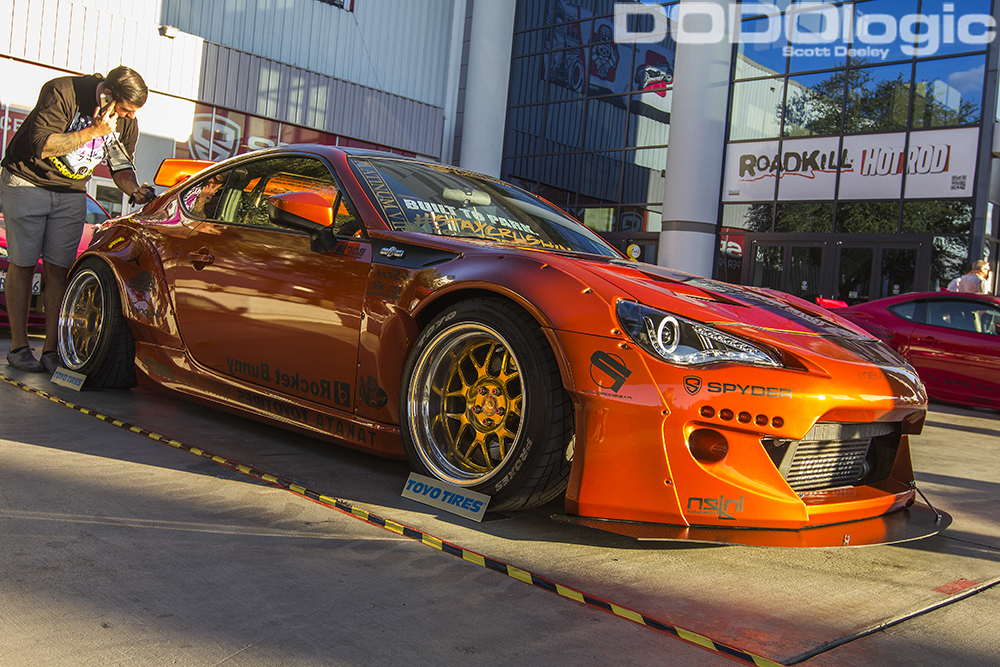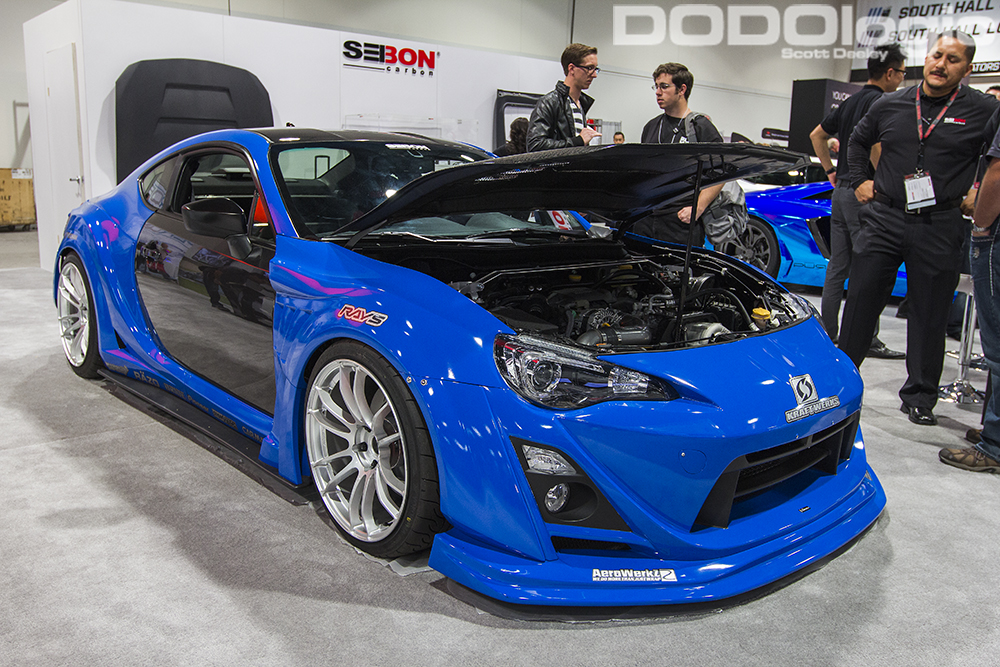There are few things that annoy me as much as that niche group of people who complain about the FRS/BRZ. For years we enthusiasts prayed for a viable new platform that wasn’t outrageously priced, so we could build to our heart’s desire. Toyota and Subaru stepped up to the plate, put on secret decoder rings and did their secret hand shake. Some time later the FRS/BRZ was born, sold and praised across the land for saving the aftermarket industry.
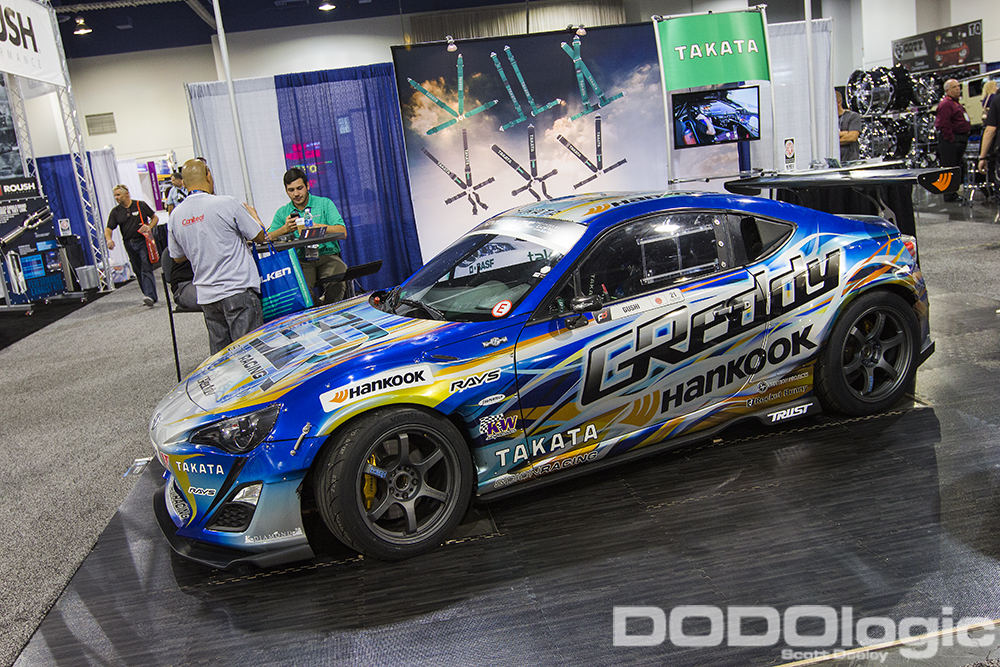
As you walk the floors of SEMA, there’s no doubting just how important this car is and what it’s done for the industry. I’ve had the privilege of attending SEMA for the past few years and it’s pretty rare to have the “it car” be the same one two years in row. More surprisingly, the number of repeat builds from last year was surprisingly low. There were plenty of things to see, and even last year’s show-stopping Rocket Bunny re-invented itself with the Version II.
But as I digress, the naysayers are still out there. How many times have you been in a conversation discussing this chassis, only to have someone pipe up with concerns about the power output? Even worse is when you encounter the crowd who thinks they could have build the car better then the manufacturers. These conversations usually ask why the car wasn’t turbo’d or made lighter.
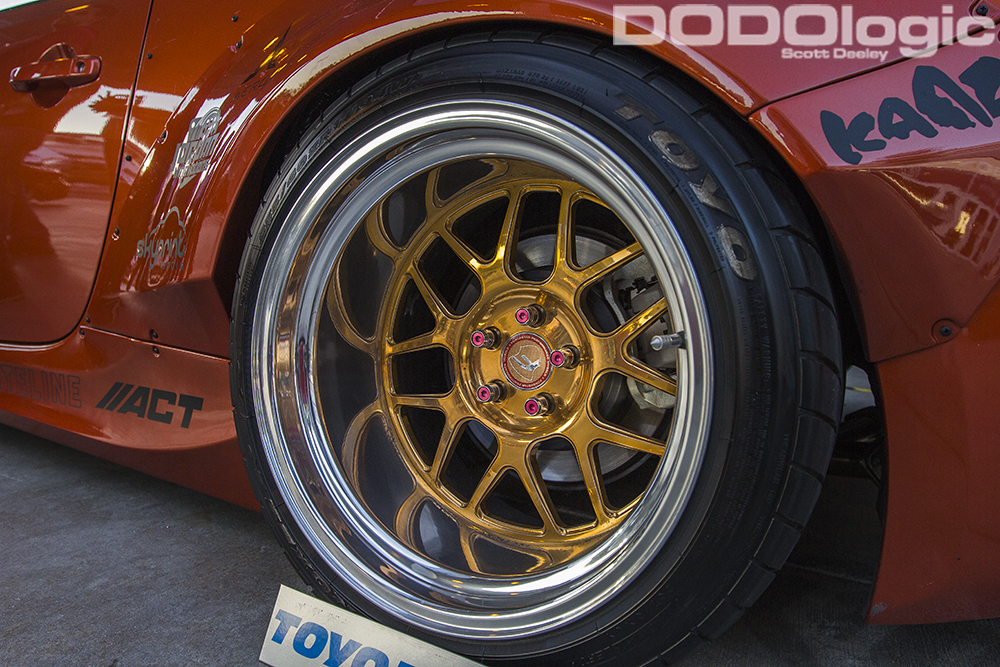
As enthusiasts we’ve become spoiled and we forget that manufacturers don’t just build cars to appease our fanboy-isms. Somewhere out there, there’s a bottom line. And next to that bottom line is a picture of the FRS.
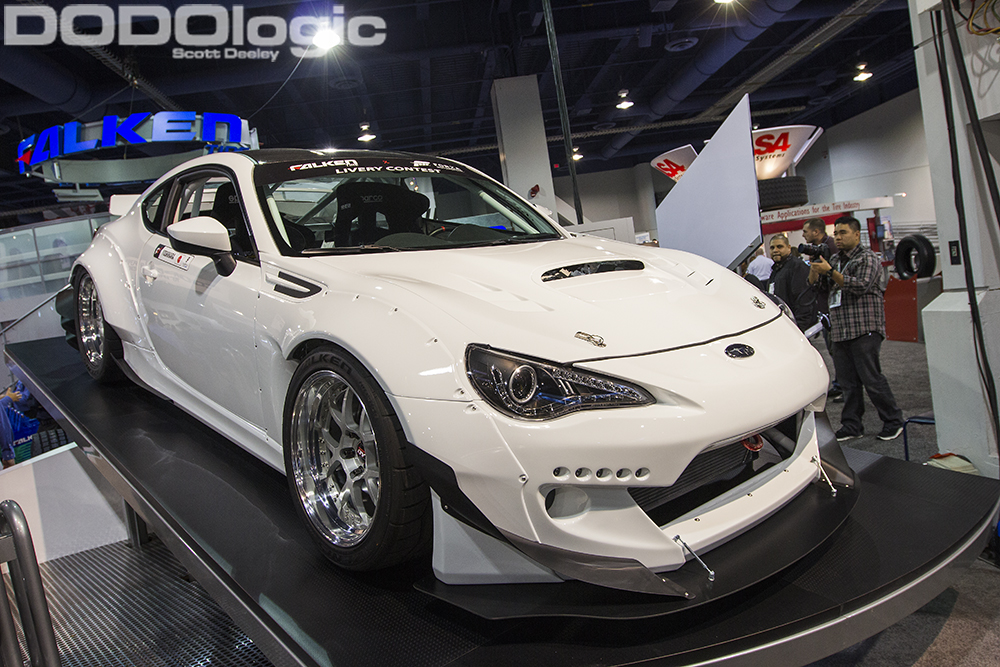 The FRS/BRZ is everything it can be within reason. Like I said, we’ve become spoiled over the years; how quickly we forget our roots. When I first got into cars, I watched guys build cars that started with 120Hp and slowly work their way up. However, over time car manufacturer eventually upped the power in their cars to the point where some complain about 200Hp stock.
The FRS/BRZ is everything it can be within reason. Like I said, we’ve become spoiled over the years; how quickly we forget our roots. When I first got into cars, I watched guys build cars that started with 120Hp and slowly work their way up. However, over time car manufacturer eventually upped the power in their cars to the point where some complain about 200Hp stock.
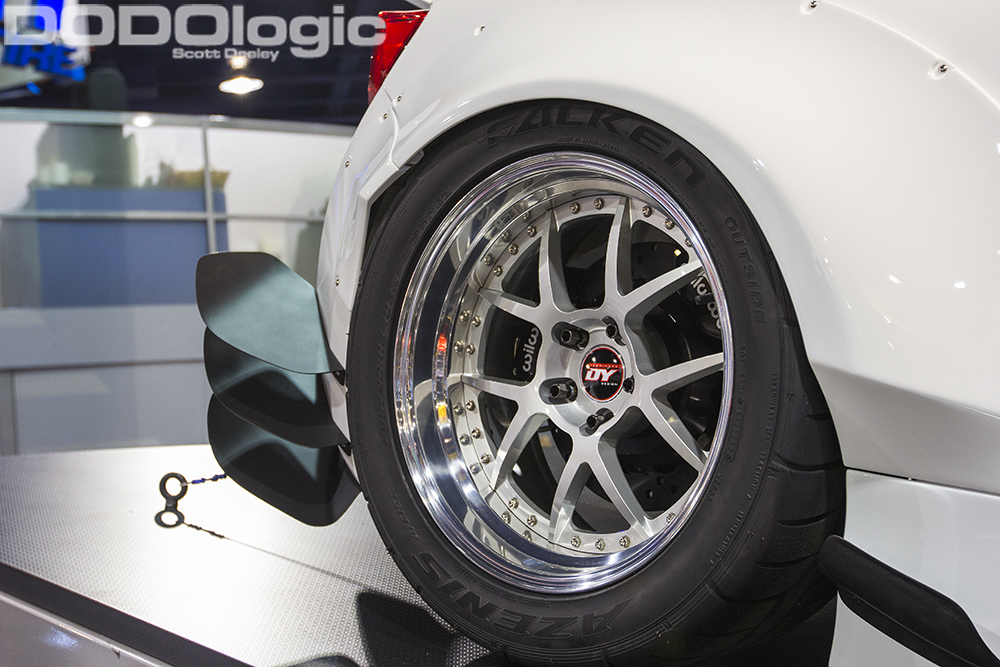 The fact that us Canadians can import RHD’s for cheap doesn’t really help the situation and expectations. Now we can buy a used car that makes anywhere between 200–300 HP for a fraction of what it would cost to build a car of that caliber.
The fact that us Canadians can import RHD’s for cheap doesn’t really help the situation and expectations. Now we can buy a used car that makes anywhere between 200–300 HP for a fraction of what it would cost to build a car of that caliber.
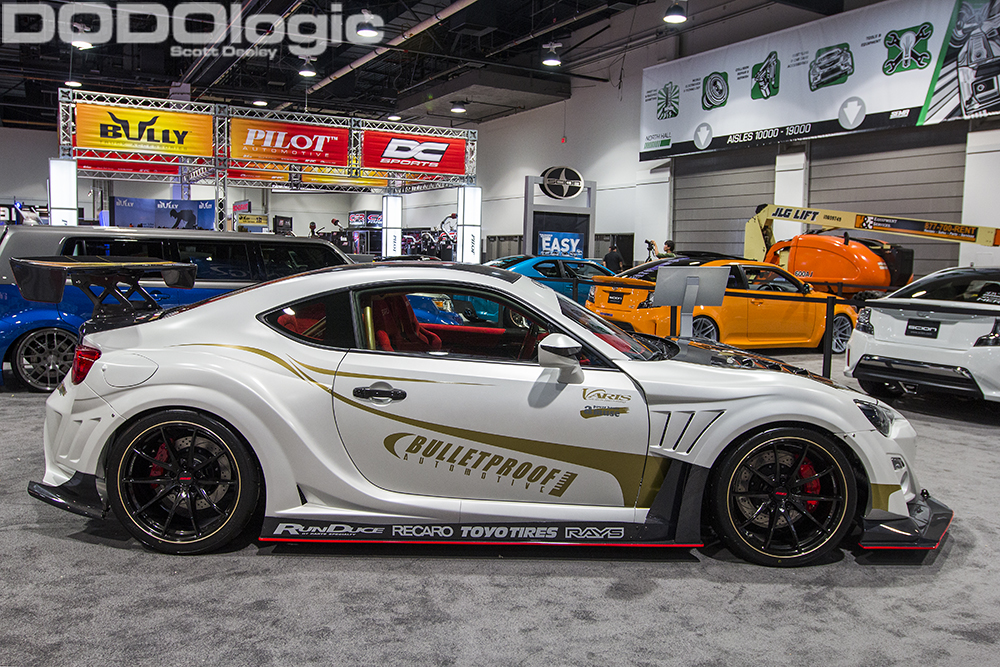 What I’m glad to see are the people who remember where we came from as a culture of enthusiasts. I’m also glad the industry has decided to back these people and build parts for a $26,000 car.
What I’m glad to see are the people who remember where we came from as a culture of enthusiasts. I’m also glad the industry has decided to back these people and build parts for a $26,000 car.
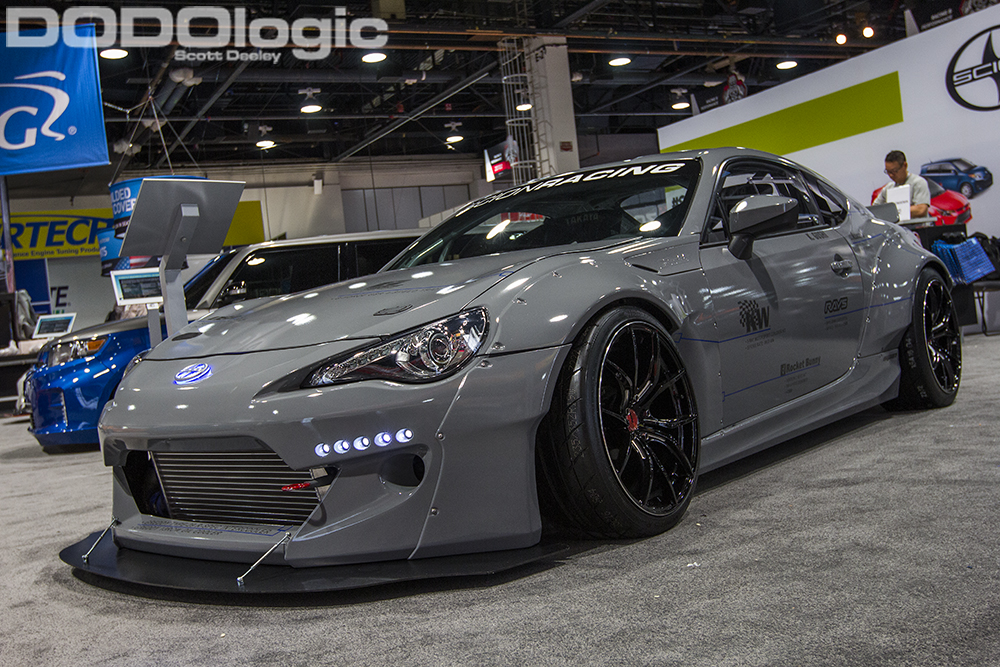 Now that the FRS/BRZ has secured its place in “tuner culture,” we can expect the really cool stuff to come. More and more of these cars are showing up with a 2JZ in them. Also, more power parts are showing up on the market. And because the initial price tag for this car is relatively low, you don’t have to sling crack rock to afford the parts.
Now that the FRS/BRZ has secured its place in “tuner culture,” we can expect the really cool stuff to come. More and more of these cars are showing up with a 2JZ in them. Also, more power parts are showing up on the market. And because the initial price tag for this car is relatively low, you don’t have to sling crack rock to afford the parts.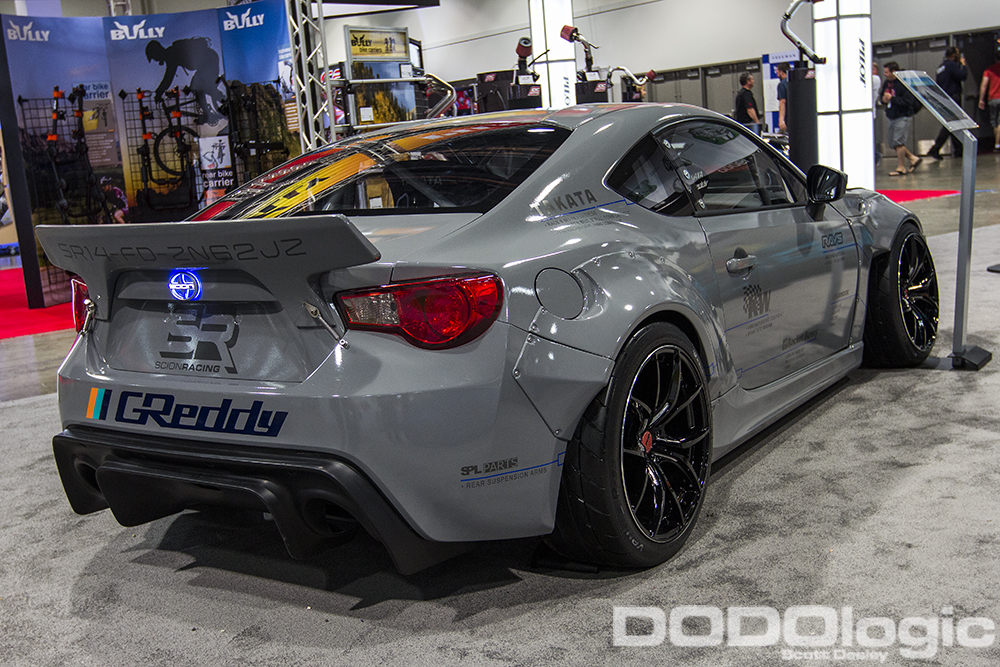 The next coolest thing about these chassis’ is they keep on showing up in Formula Drift sans V8. This is phenomenal news, not because I hate V8′s, but because watching teams find viable options to compete against V8′s is just plain awesome (thanks Daigo Saito)
The next coolest thing about these chassis’ is they keep on showing up in Formula Drift sans V8. This is phenomenal news, not because I hate V8′s, but because watching teams find viable options to compete against V8′s is just plain awesome (thanks Daigo Saito)
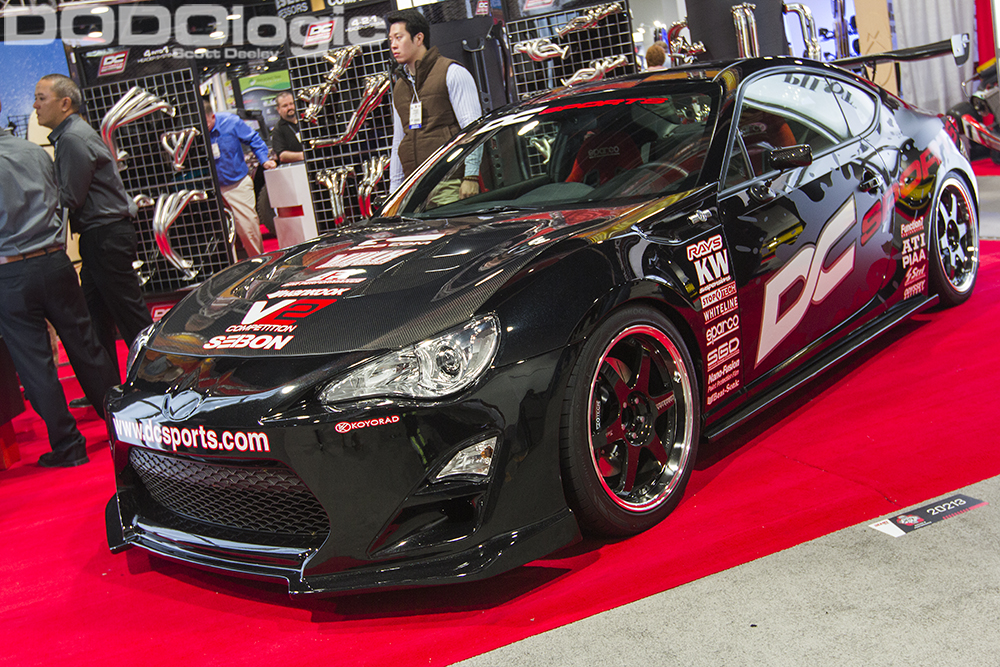 Last year I coined the phrase, “No Rocket Bunny, No care,” meaning if you didn’t commit to Kei Miura’s artfully crafted kit I paid you little mind. This was perhaps a little hasty and definitely super shallow of me. Whether it be Version I or Version II, Rocket Bunny will also hold a special place in my heart. However, with that said, there are plenty of worthwhile builds outside of my shallow opinion.
Last year I coined the phrase, “No Rocket Bunny, No care,” meaning if you didn’t commit to Kei Miura’s artfully crafted kit I paid you little mind. This was perhaps a little hasty and definitely super shallow of me. Whether it be Version I or Version II, Rocket Bunny will also hold a special place in my heart. However, with that said, there are plenty of worthwhile builds outside of my shallow opinion.
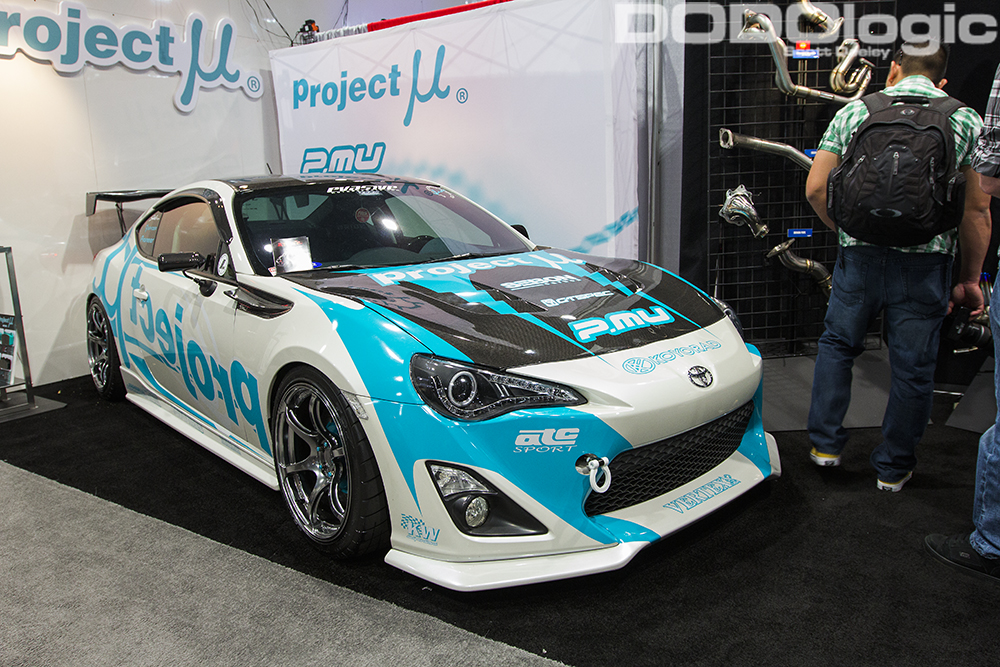 The wide array of parts and all the options that become available to you when decide to build a FRS is absolutely staggering.
The wide array of parts and all the options that become available to you when decide to build a FRS is absolutely staggering.
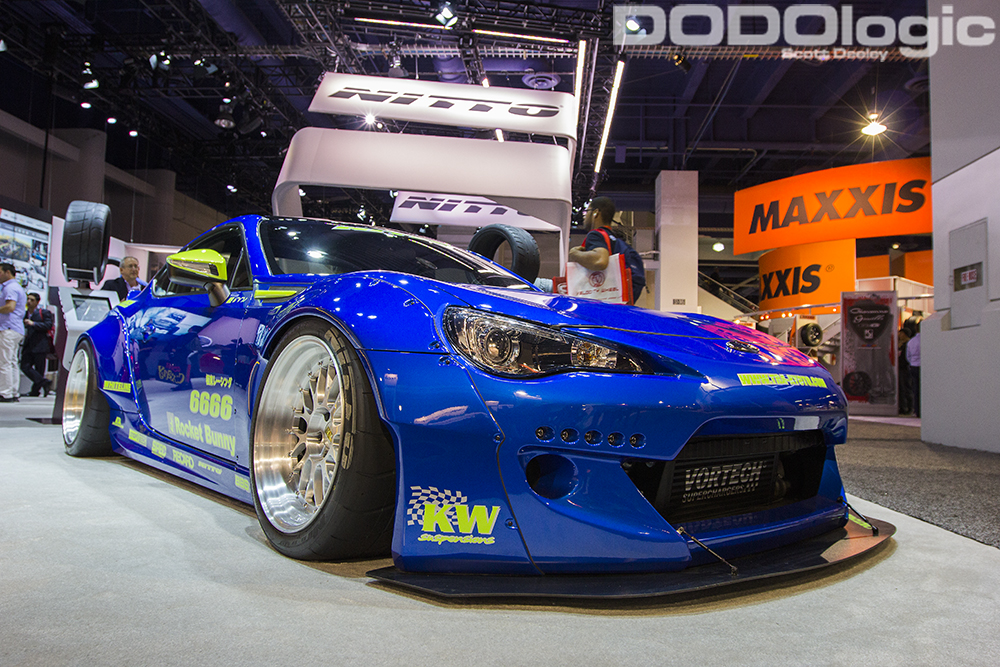 What all the naysayers might not understand is that Toyota and Subaru have given us a brand new, blank canvas. 200 HP isn’t fast enough for you? Then build it faster. Don’t like Rocket Bunny? Pick another kit or just don’t get a kit.
What all the naysayers might not understand is that Toyota and Subaru have given us a brand new, blank canvas. 200 HP isn’t fast enough for you? Then build it faster. Don’t like Rocket Bunny? Pick another kit or just don’t get a kit.
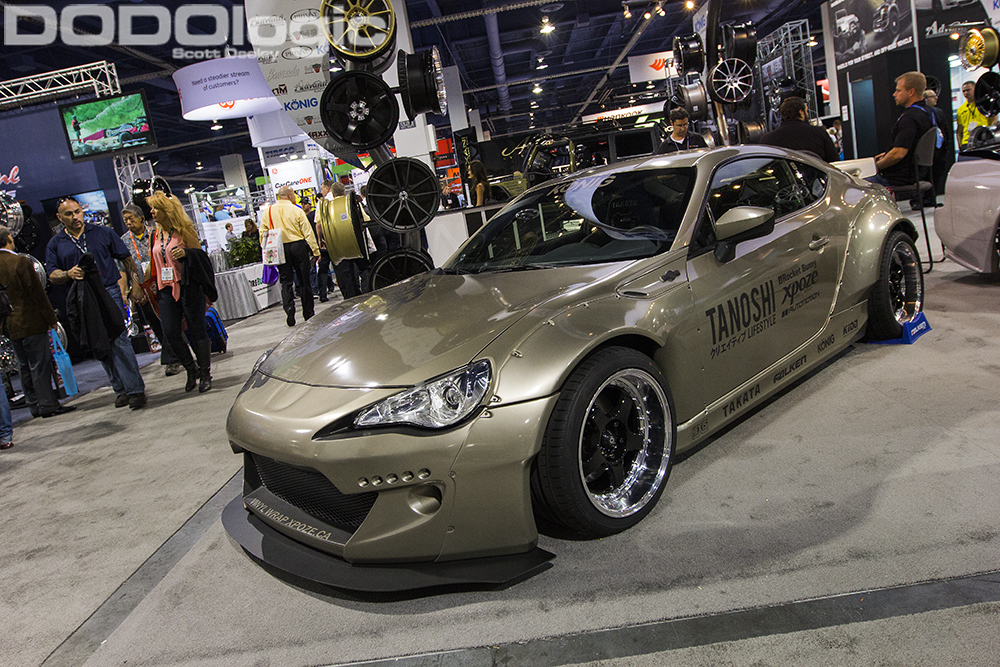 Just stop asking Toyota to put the 2JZ back into production. It’s not going to happen, and in fact it would be downright weird to take 12-year-old technology and put it in a brand new car.
Just stop asking Toyota to put the 2JZ back into production. It’s not going to happen, and in fact it would be downright weird to take 12-year-old technology and put it in a brand new car.
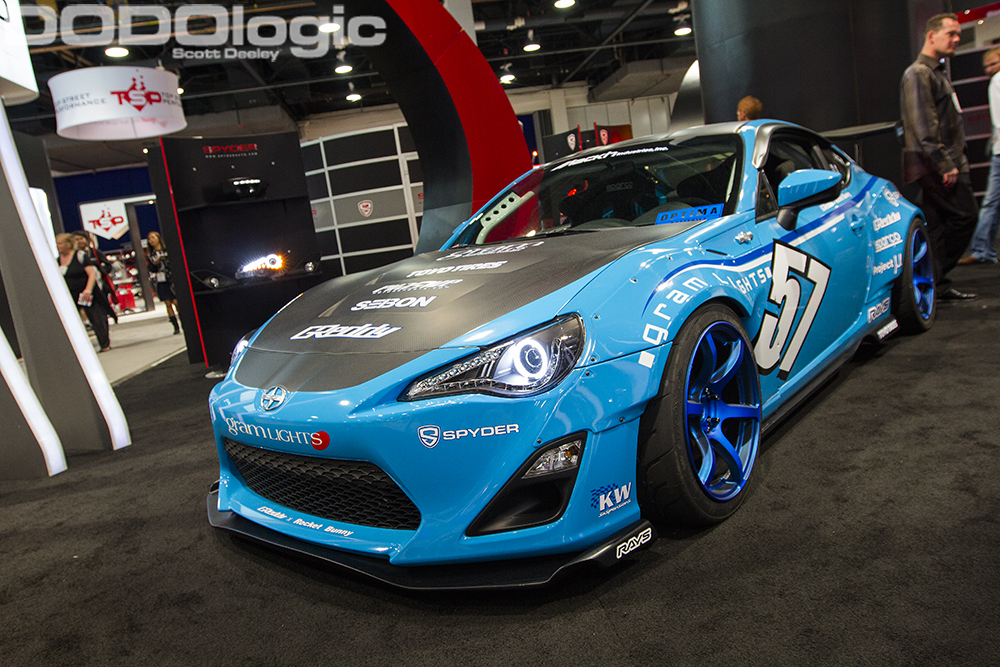 Like I mentioned earlier, car manufactures don’t build cars for the enthusiast and usually when they try to, they come out not so great. This is the closest we’ll get to what we want for a reasonable price for some time, or until Nissan debuts their new RWD FRS competitor next month.
Like I mentioned earlier, car manufactures don’t build cars for the enthusiast and usually when they try to, they come out not so great. This is the closest we’ll get to what we want for a reasonable price for some time, or until Nissan debuts their new RWD FRS competitor next month.
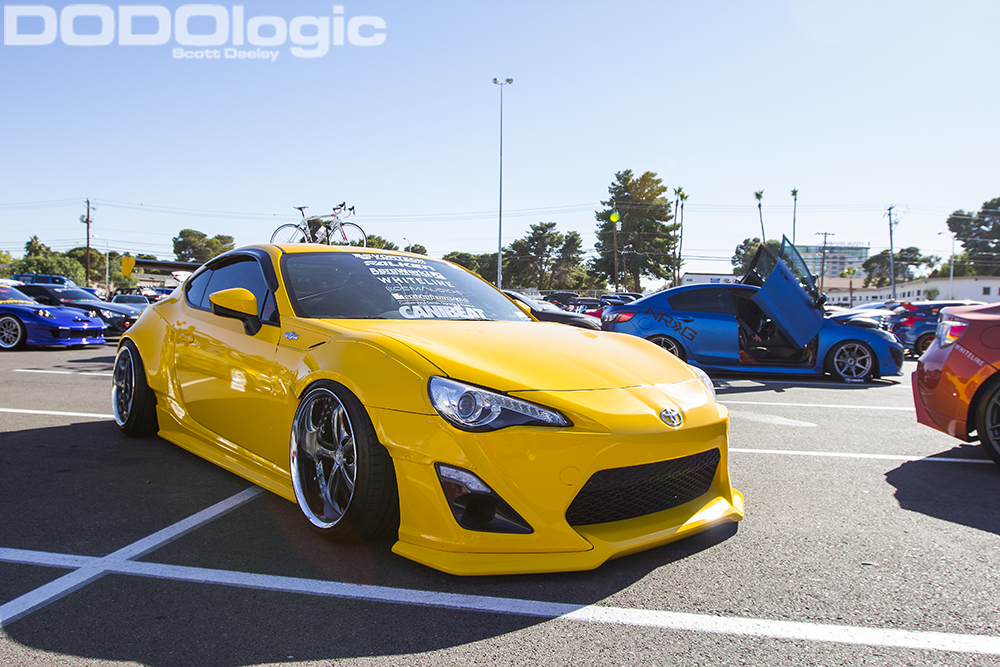 At its very best, the FRS is everything I described in this article. Even at it’s very worst, it’s still a shred of hope that car manufacturers will attempt to fill the void of affordable RWD that’s been lacking in the import line-up for the last 13 years.
At its very best, the FRS is everything I described in this article. Even at it’s very worst, it’s still a shred of hope that car manufacturers will attempt to fill the void of affordable RWD that’s been lacking in the import line-up for the last 13 years.
